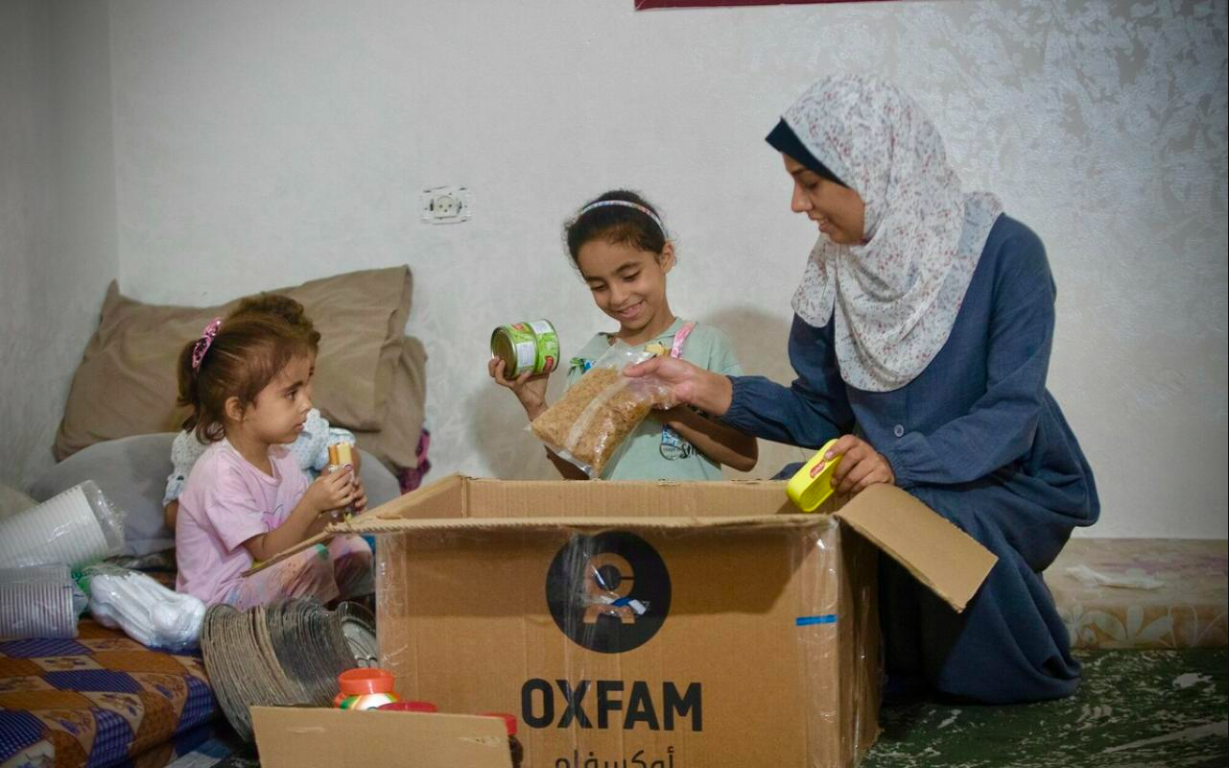
Published 10/17/2024 1:50 pm
Between 7,000 and up to 21,000 people are dying of hunger every day in countries impacted by conflict, according to a new report from Oxfam (Oxford Committee for Hunger Relief) published on World Food Day. The report, titled Food Warsexamined 54 countries in conflict and found that they are responsible for almost all of the 281.6 million people facing acute hunger today. Furthermore, conflict has been a leading cause of forced displacement, which has reached a record level of more than 117 million people worldwide.
The document argues that conflict is not only a primary driver of famine, but is also being used as a weapon, with the warring parties deliberately attacking food, water and energy infrastructure, as well as blocking food aid. “As conflicts intensify around the world, hunger has become a lethal weapon used by warring parties in disregard of international law, which has caused an alarming increase in deaths and human suffering,” said Emily Farr, head of Food and Economic Security at Oxfam. She adds that the fact that civilians continue to be subjected to this type of slow death in the 21st century is a collective failure.
The food crisis in Gaza, where 83% of the necessary food aid does not reach the population, and the famine that affects more than 750,000 people in Sudan are examples of the devastation caused by conflicts over food security.
The report also reveals that the majority of countries studied (34 out of 54) are rich in natural resources and rely heavily on the export of primary products. In Sudan, 95% of export earnings come from gold and livestock, while in South Sudan, 87% come from petroleum products. In Central America, mining operations have generated violent conflicts, displacing populations that can no longer live in degraded and polluted environments.
Map with conflicts involving hunger, as well as consequences of ended conflicts and refugees:
Oxfam criticizes current post-conflict reconstruction efforts, which often promote foreign investment and export economies but end up increasing inequality and the potential for renewed conflict. “It is no coincidence that the lethal combination of war, displacement and famine often occurs in countries rich in natural resources,” says Farr. She emphasizes that investments often worsen political and economic instability, as investors take control of land and water resources, forcing local populations to be displaced.
Conflict also exacerbates other factors, such as climate shocks and economic instability, destroying people’s livelihoods. In East and Southern Africa, droughts and floods, combined with rising food prices due to the pandemic and the war between Russia and Ukraine, have fueled hunger crises.
The report ends by highlighting that the international community’s promise to end hunger by 2030 is far from being achieved. To break the vicious cycle of food insecurity and conflict, Oxfam urges global leaders to confront the conditions that fuel these conflicts: colonial legacies, injustices, human rights violations and inequalities.
Oxfam analyzed 54 countries with food crises in 2023, with 278 million people in these countries facing critical hunger. In all of them, conflict was a main driver of food insecurity.
Source: vermelho.org.br

